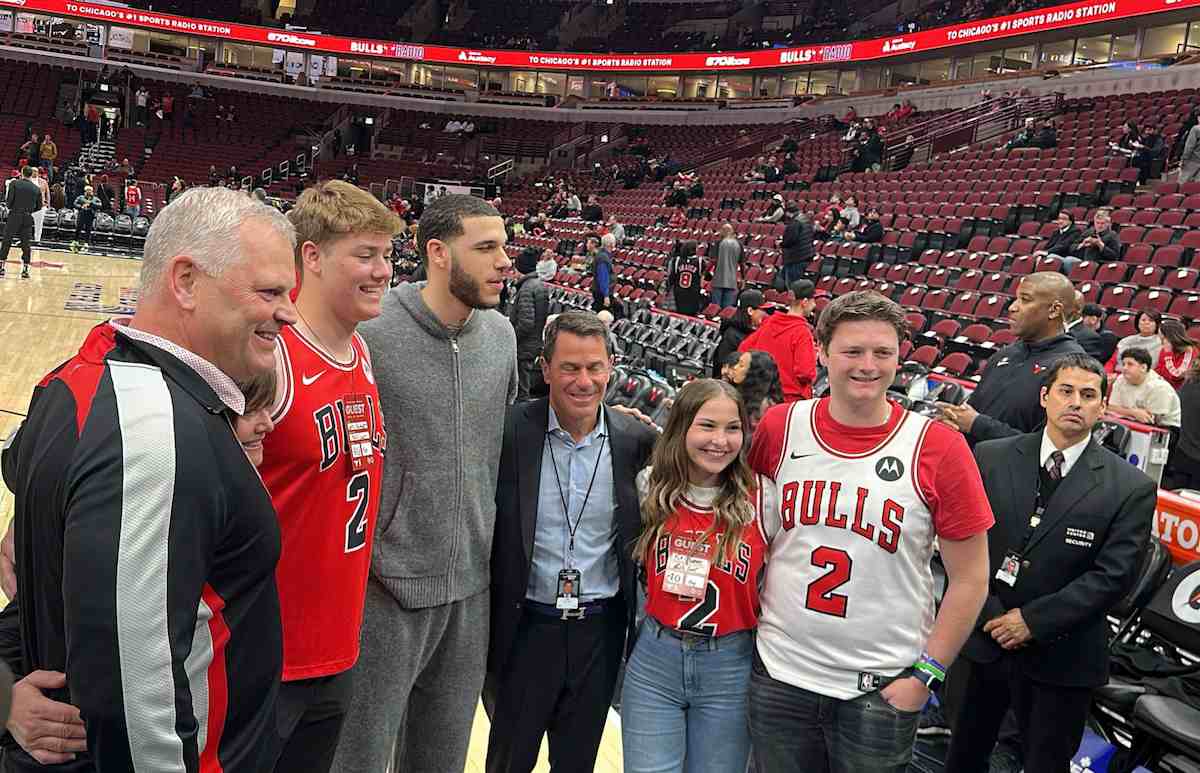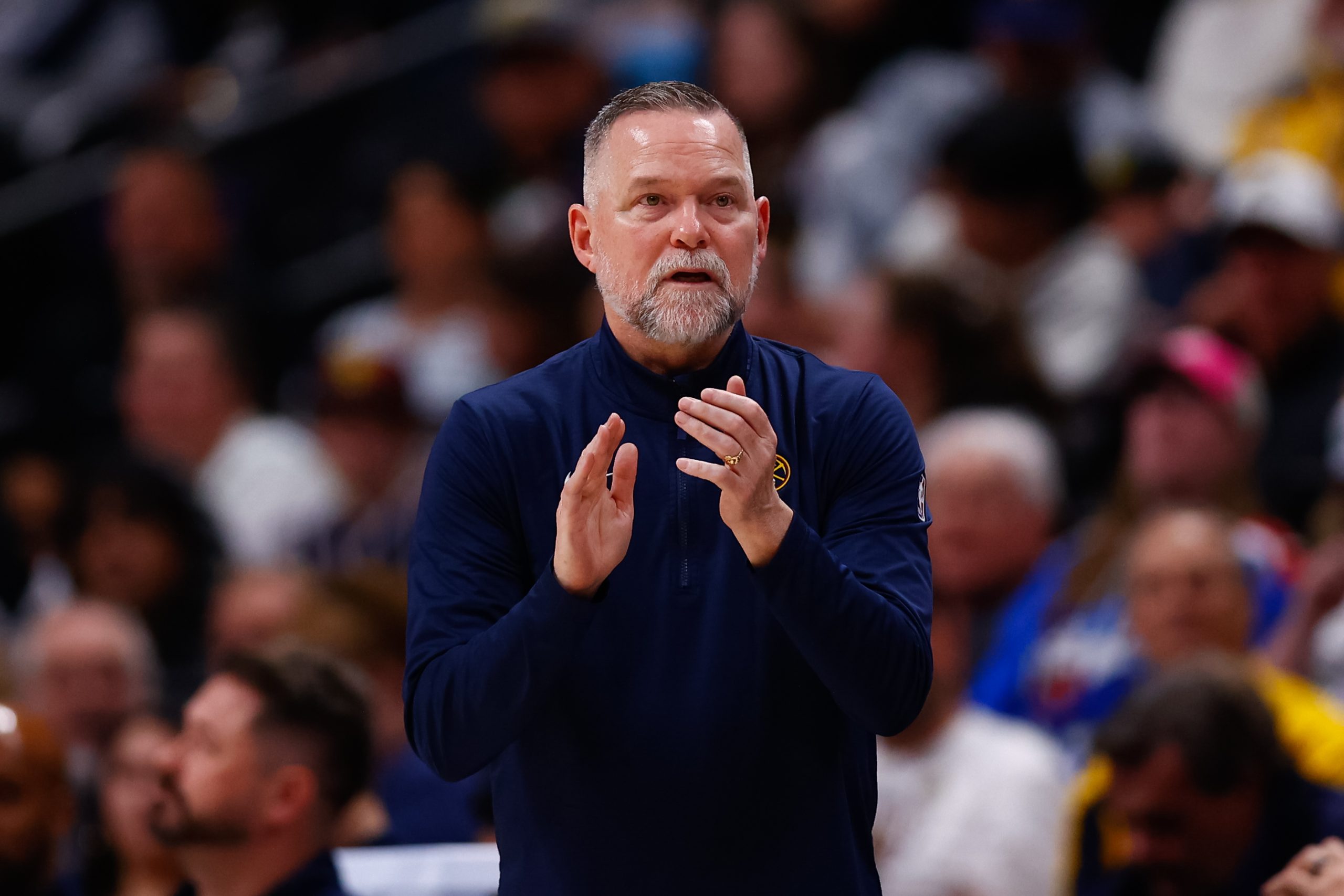So… that was a pretty physical series with the Bucks, huh?
There’s no rest for the weary, as the supremely tough, veteran-laden Miami Heat are next up for the Boston Celtics. Head coach Erik Spoelstra once again has led a team to the conference finals, and this may be one of his more impressive coaching jobs. The top seed in the Eastern Conference has a ton of experience and a little bit of everything.
Most importantly, this is a team that has already undergone a great bit of change since the regular season. Spoelstra has a knack for adapting on the fly, and this year has been a masterclass in tinkering for the better. Miami has embraced playing smaller and, therefore, a bit faster. During the regular season, superstar Jimmy Butler logged only 32% of his minutes at the 4, according to Basketball Reference. Since the playoffs began, that has shifted to 41%, and the Heat are 19.3 points per 100 possessions better when he makes that shift.
Part of the change in usage for Miami has been due to health; Kyle Lowry has missed time this postseason. The largest impact, though, has been the emergence of Tyler Herro as a necessary scoring threat and the return of Victor Oladipo to prominence. Oladipo, averaging 11.4 points per game in the playoffs, is finally looking healthy and comfortable.
Max Strus has replaced Duncan Robinson in the starting lineup, too; Strus provides valuable floor spacing (41% from deep on the season) without sacrificing defensive impact, an area Robinson has been a frequent target for opponents. Now the Heat have multiple handlers/ downhill creators (Oladipo and Lowry), shooters (Herro and Strus), swing forwards who can physically defend Boston’s stars (P.J. Tucker and Caleb Martin) and two All-Stars at the fulcrum of their attack in Butler and Bam Adebayo.
The injury to Lowry changes their dynamic, and he is officially listed as out for Game 1. Like any other team, they aren’t at their best when a former All-Star team is out of the lineup. When Lowry is healthy — and assuming he’ll get back to health during the series — the Heat are an incredibly tough team to stop.
While they have a guy who can put his head down and get to the rim whenever he wants in Butler, the Heat rarely settle for isolation ball. According to NBA.com’s play tracking data, the Heat have used the isolation the least of any team during the postseason, with only 5.4% of their possessions ending in ISO’s.
Instead, the Heat are always whizzing their shooters around screens and dribble handoffs. Because Miami starts two struggling perimeter threats in Adebayo (zero made 3-pointers on the season) and Butler (23.3% from 3), creating gravity for them around the basket is contingent on utilizing their shooters off-ball in a way that sucks help defenders in.
Those dizzying array of handoffs, screen-the-screener actions and backdoor cuts are specially designed to threaten Boston’s switching defense. The handoffs, especially when involving a big like Adebayo or Tucker who can be sagged off atop the key, are lethal due to their impromptu nature. Robinson, Strus, Lowry and Herro are all excellent at seeing how they are played and turning to a “throw and go” handoff, a simple give-and-go that happens so quickly that it’s really difficult to stop:
Bigger guys, in particular, get exhausted chasing Miami’s litany of quick shooters around all game. The Celtics are definitely the bigger team, and it wouldn’t be a shock to see Spoelstra lean into playing smaller so they can use their speed to wear out Boston’s stars. For a switching team, the danger comes in miscommunication. Fake handoffs, or keepers, can catch a defense mid-switch, both defenders lunging out towards the shooting threat and leaving a straight-line path towards the rim.
Sometimes those keepers are reads based on an overzealous defense. Other times the Heat design keepers into their playbook. They’ll use the impending throw-and-go action to get a defense’s eye trained on those two players, then turn and set a screen on the opposite side of the floor:
The pindown to dribble handoff action, commonly known as Zoom in NBA circles, is tough to guard for both shooters and drivers. The tough part about switching is the speed with which it occurs, and the way it can result in cross-matches where Adebayo (usually at the elbow with the ball or setting a screen) can then get a smaller guy on him.
Adebayo is the linchpin to their entire attack. When he gets touches near the elbows, he’s a fantastic passer and finds backdoor cutters around him. That’s another dangerous part of Boston’s switching scheme against Miami: off-ball switching makes them susceptible to backdoors and slips to the rim.
The angles with which Miami’s dribble handoffs have an impact are ever-changing. The best way they get an impact out of physical non-shooters like Adebayo and Butler is to post them up — and then use another non-shooter to set an elbow screen. Miami thrives off the split action, a common piece of Golden State’s offense over the last several years.
Miami’s role players are well-trained for impact to maximize the team’s offense. P.J. Tucker, when he cannot snipe away from the corner, engages in a quick dribble handoff as he drives north into a strange angle pitch. When the Heat run guard-to-guard screens to try and force a mismatch, they usually tag the back side with a flare screen to occupy help defenders and prevent triple-switching.
So how do the Celtics gameplan for Miami? There’s a fantastic thread from Twitter’s resident video coordinator, Steve Jones Jr., from a Celtics and Heat game back in November. Boston gave a few clues for how they may best take away those handoffs that make the Heat so lethal.
One such strategy was to sit aggressively in the middle of the floor from the weak-side wing. We call that sitting on the nail. In the clip below, we can see Marcus Smart there, ready to prevent the corner dribble handoff from allowing a shooter to turn the corner. But his man, Kyle Lowry, makes a smart backdoor cut read, allowing the Heat to get a 3-on-2 near the rim, which turns into a touch shot layup.
Good defense vs. good offense here. Robinson comes off the handoff, Smart planted at the nail and gives help. Smart cut by Lowry forces more help. Tucker does a good job snaking around the dunker spot and he hits Bam. pic.twitter.com/kpb87Db3fq
— Steve Jones Jr. (@stevejones20) November 5, 2021
The Celtics can stick with sitting on the nail and hoping their interior or help rotations can cover up slips to the rim. But the issue is that the Heat are, percentage-wise, very good shooters. Leaving one guy open on the weak side likely won’t have the same impact as it did in the Milwaukee series. Robinson (37%), Lowry (37.7%), Herro (40%), Strus (41%), Martin (41%), Tucker (41.5%) and Oladipo (41.7%) were all fantastic from behind the arc this year. Despite starting two non-shooters, the Heat led the NBA in 3-point shooting percentage.
This will become a series where the Celtics have to simply guard these complex actions effectively. The more scrambles they create by over-helping or scheming for added support from the weak side, the higher likelihood the Heat get an open 3-pointer. This is a team that can really punish their foe if open shot after open shot is given to them.
The two-big lineups used by the Celtics will be interesting to watch. Ime Udoka could opt to put Robert Williams onto Adebayo and keep Al Horford on P.J. Tucker. Those two are Miami’s two biggest threats, and Horford can navigate the perimeter with Tucker. Udoka could opt to switch those matchups around and have Horford on Adebayo for more switchability on the handoffs while Timelord can protect the rim off Tucker, who is most frequently jettisoned to the corners.
Or they could get creative and put Horford on Butler, use him as a helper off the weak-side and occasionally switch. Butler won’t want to post up, the Jays save their energy and there’s more switchability off Tucker for X-outs on the weak side. This would be an ‘ace up our sleeve’ strategy we’d pocket until Game 3 or Game 4, depending on how the two-big lineup looks first. If there’s one takeaway rotationally from the Bucks series, it’s that Grant Williams has definitely earned everyone’s trust.
Tactics change many times through a best-of-seven series. Spoelstra and Udoka are both master tacticians, and these are both roughneck defenses filled with physical defenders. The Celtics found success in the conference semi-finals by wearing out resident superstar Giannis Antetokounmpo, running him around on defense.
Miami will bank on that same strategy against the Celtics. Their playbook and use of their role players off endless screens and handoffs makes that a daunting reality and incredibly difficult to guard.





